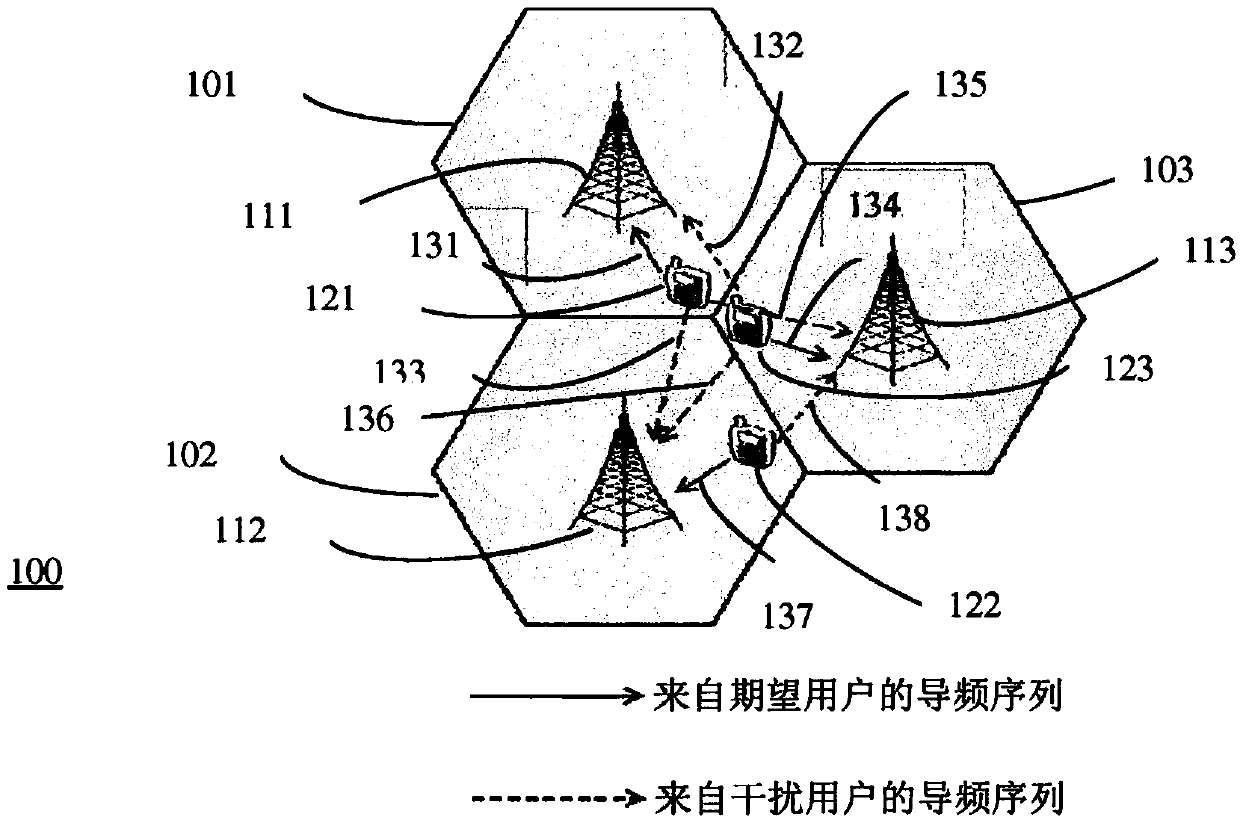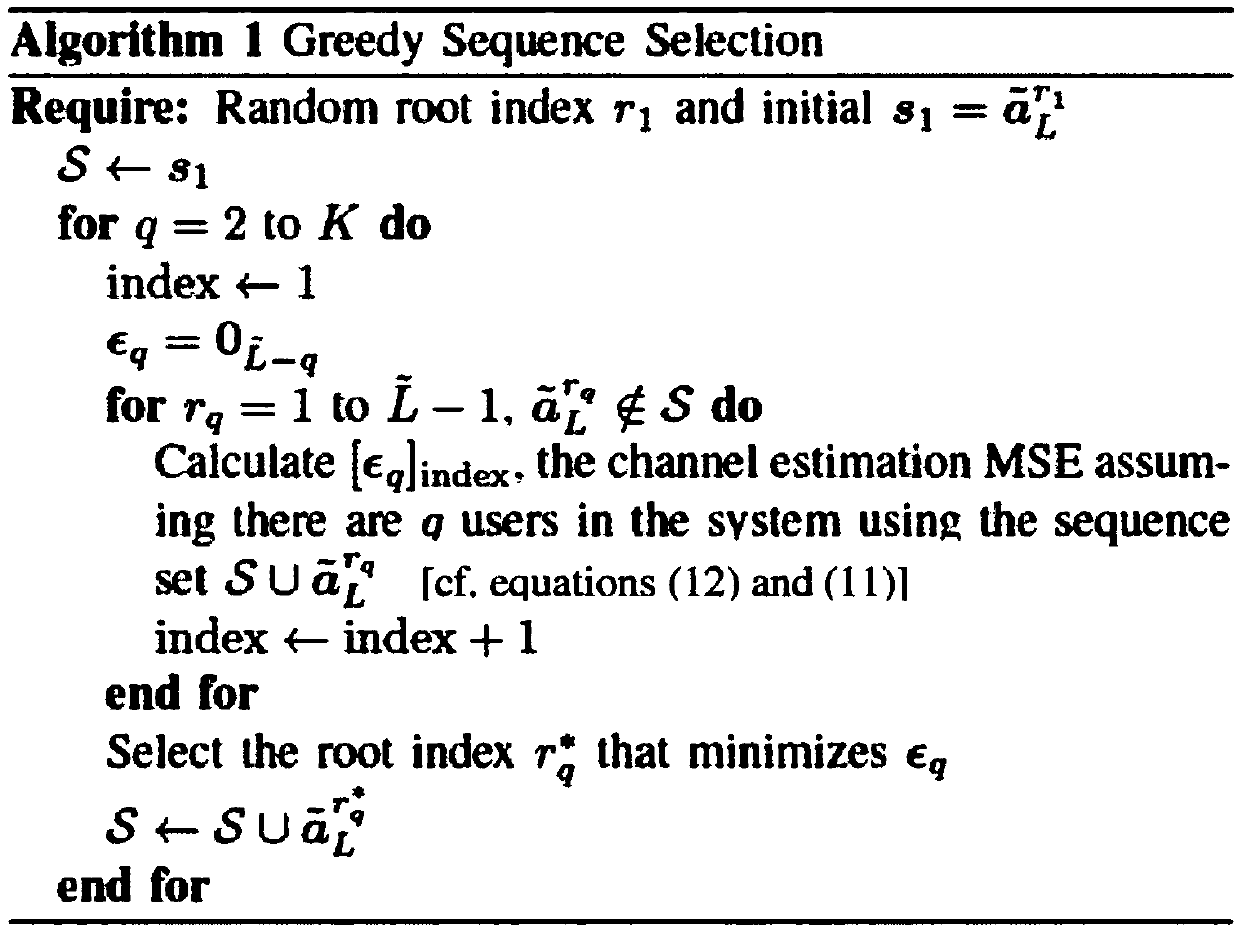Mitigating inter-cell pilot interference via network-based greedy sequence selection and exchange
A pilot interference and network technology, applied in the field of channel state information and channel estimation, can solve problems such as ULCSI quality deterioration
- Summary
- Abstract
- Description
- Claims
- Application Information
AI Technical Summary
Problems solved by technology
Method used
Image
Examples
Embodiment Construction
[0076] figure 1 An embodiment of a mobile network of a multi-cell communication system according to the invention is shown.
[0077] The system 100 includes a plurality of cells 101 , 102 , 103 and a plurality of base stations 111 , 112 , 113 . Each base station 111 , 112 , 113 is adapted to serve user equipment (UE) 121 , 122 , 123 in its respective cell 101 , 102 , 103 . Each base station is in particular responsible for communication with user equipment located in its cell according to the downlink (DL) and uplink (UP). The term base station is a general term used to define a serving cell, ie an entity serving user equipment located within a cell. A base station may be, for example, a Base Transceiver Station (BTS) in a GSM network, a Node B in a UMTS network, or an eNodeB in LTE.
[0078] exist figure 1 In an embodiment of the present invention, base station 111 obtains channel state information (CSI) through a pilot sequence transmitted by UE 121 in UL 131 . Similarl...
PUM
 Login to View More
Login to View More Abstract
Description
Claims
Application Information
 Login to View More
Login to View More - R&D
- Intellectual Property
- Life Sciences
- Materials
- Tech Scout
- Unparalleled Data Quality
- Higher Quality Content
- 60% Fewer Hallucinations
Browse by: Latest US Patents, China's latest patents, Technical Efficacy Thesaurus, Application Domain, Technology Topic, Popular Technical Reports.
© 2025 PatSnap. All rights reserved.Legal|Privacy policy|Modern Slavery Act Transparency Statement|Sitemap|About US| Contact US: help@patsnap.com



